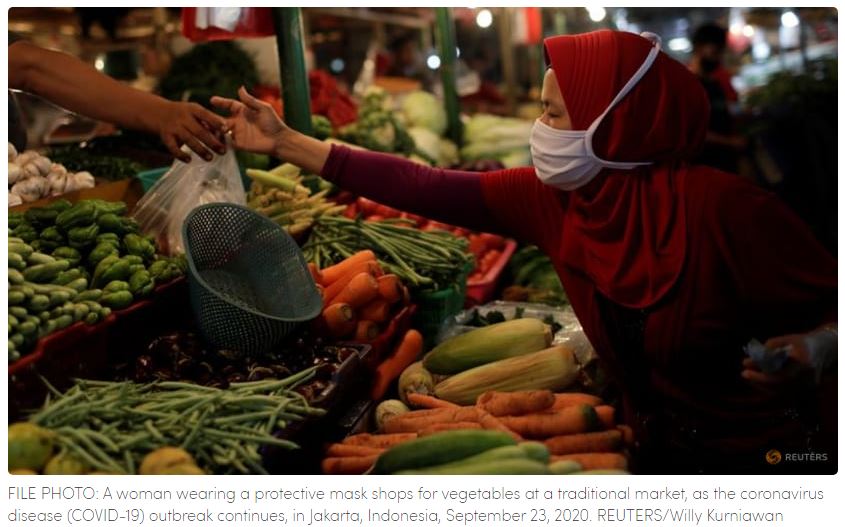Indonesia central bank in no rush to hike rates as inflation hits 5-yr high
JAKARTA : Indonesia’s central bank is in no rush to hike interest rates, its governor said on Friday, even as June consumer prices rose at the fastest pace in five years, topping forecasts and breaching its target range amid a surge in food prices.
June’s annual inflation rate accelerated to 4.35 per cent, the highest since June 2017 and above the 4.17 per cent forecast in a Reuters poll. Last month’s figure was 3.55 per cent.
Bank Indonesia’s (BI) target range is 2 per cent to 4 per cent.
However, the annual core inflation rate, which strips out government-controlled and volatile prices, was below market expectations at 2.63 per cent in June. The poll had forecast a 2.72 per cent rate, while May’s rate was 2.58 per cent.
BI Governor Perry Warjiyo said the data set showed low core inflation and low inflation of government controlled prices, due to large subsidies keeping some energy prices unchanged.
“Core inflation is relatively low, so that it provides room for flexibility for us to not be in a rush to raise interest rates,” he told a parliamentary hearing, repeating a pledge to keep interest rates at record low until BI sees signs of fundamental price pressures.
BI, one of the world’s least hawkish central banks, has said it would focus more on the core inflation rate, instead of the headline figure, to determine the pace of its post-pandemic policy normalisation.
Data showed the rise in inflation was primarily driven by rising prices of chilli, shallots, eggs, and transportation tariffs.
Margo Yuwono, head of Indonesia’s statistics agency, said high global prices of wheat, sugar and soy had so far had limited impact on domestic inflation. While flour and noodle makers had seen costs rising, they have not passed this on to consumers, he said.
Bank Permata economist Josua Pardede said any change in BI’s policy stance would likely be driven more by movements in the rupiah currency, which has been under pressure since June due to capital outflows linked to the U.S. Federal Reserve monetary tightening.
“Commentary in the run-up to the July meeting will be scrutinised for signs of change in stance in light of narrowing US-ID rate differentials and (an) under pressure currency,” DBS’ economist Radhika Rao said.
(Additional reporting by Bernadette Christina Munthe; Editing by Ed Davies, Martin Petty)


 Thailand
Thailand




